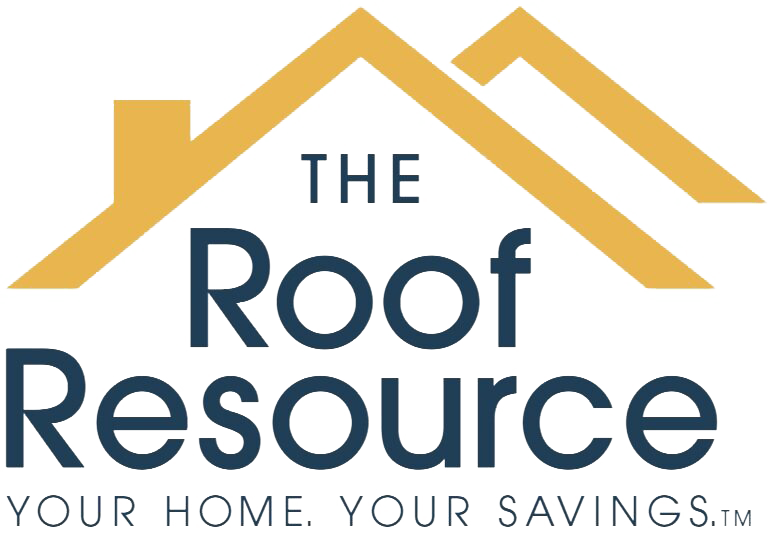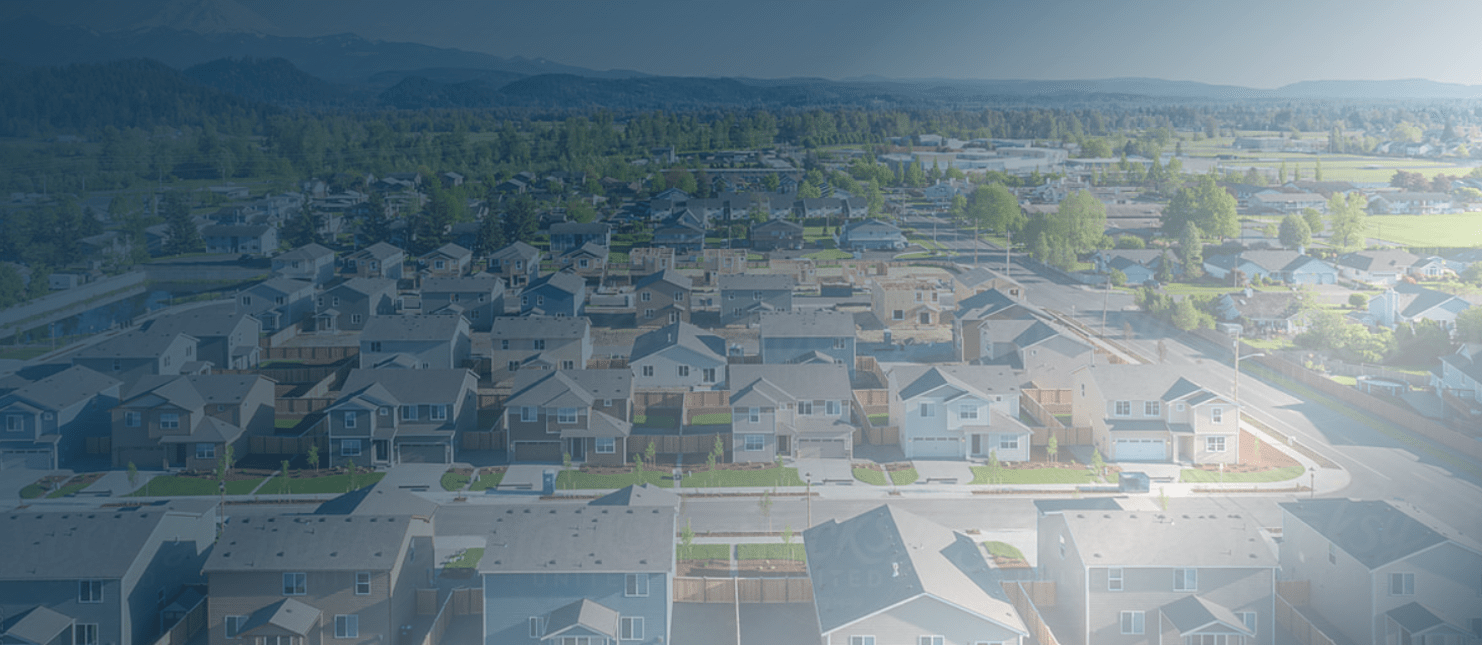Roofing in Birmingham, MI
Expert roofing evaluation and maintenance in Birmingham, MI. Call now!
When it comes to maintaining the integrity and safety of your home in Birmingham, MI, the roofing system plays a crucial role. Properly evaluating your roofing can help you make informed decisions about repairs, replacements, or maintenance, ensuring the longevity and protection of your property. This comprehensive guide will walk you through the essential steps and considerations for evaluating your roofing, empowering you to make the best choices for your home.
Your Roofing System
Before delving into the evaluation process, it’s essential to understand the basic components of your roofing system. A typical roofing system consists of the following elements:
– Roof covering: This is the outermost layer, often made of shingles, tiles, or metal, designed to repel water and protect the structure.
– Underlayment: Beneath the roof covering, the underlayment provides an additional barrier against moisture and helps protect the roof deck.
– Roof deck: The structural foundation of the roof, usually made of plywood or oriented strand board (OSB).
– Flashing: Metal pieces installed at the intersection of different roof planes or around roof penetrations to prevent water infiltration.
– Ventilation: Proper ventilation ensures air circulation in the attic, helping to regulate temperature and moisture levels.
Recognizing these components will help you identify potential issues and assess the overall condition of your roofing system.
Exterior Inspection
Start your evaluation by conducting an exterior inspection of your roof. The following are key areas to focus on during this phase:
– Roof covering: Check for signs of cracking, warping, or missing shingles or tiles. Look for any areas where the roof covering appears compromised or damaged.
– Flashing: Inspect the flashing around chimneys, vents, skylights, and other roof penetrations. Ensure that the flashing is intact and properly sealed.
– Gutters and downspouts: Evaluate the condition of your gutters and downspouts, checking for debris, clogs, or damage. Proper drainage is essential for the longevity of your roof.
– Soffits and fascia: Examine the soffits and fascia for rot, decay, or insect damage. These components play a critical role in protecting the roof’s structure and should be maintained in good condition.
Interior Inspection
The interior inspection is equally important for evaluating the overall health of your roofing system. When conducting the interior inspection, pay attention to the following:
– Attic space: Check for signs of water infiltration, such as staining, mold, or mildew. Inspect the attic insulation for dampness or compression, as this can indicate ventilation issues.
– Ceilings and walls: Look for water stains or discoloration on ceilings and walls, as these can be indicators of roof leaks.
– Ventilation: Ensure that the attic is properly ventilated to prevent moisture buildup, which can compromise the roof deck and insulation.
Professional Inspection
While conducting a visual inspection of your roof is important, it’s also advisable to seek professional help for a comprehensive assessment. A qualified roofing contractor can provide a detailed inspection, identifying issues that may not be apparent to an untrained eye. During a professional inspection, the contractor may perform the following:
– Roof integrity assessment: The contractor will evaluate the overall condition of the roof, including the integrity of the roof deck and support structures.
– Moisture detection: Using specialized tools, the contractor can detect hidden moisture within the roofing system, identifying areas prone to leaks and deterioration.
– Warranty review: If your roof is still under warranty, the contractor can assess any potential issues that may be covered, helping you make the most of your warranty protection.
Routine Maintenance
Regular maintenance is key to preserving the longevity and performance of your roofing system. Here are some essential maintenance tasks to consider:
– Clean gutters and downspouts: Remove debris and build-up to ensure proper drainage and prevent water damage.
– Trim overhanging branches: Tree limbs that touch or overhang your roof can cause damage, so it’s important to keep them trimmed.
– Inspect for damage: Periodically inspect your roof for signs of damage, such as loose or missing shingles, and promptly address any issues.
Final thoughts
Evaluating your roofing system is a critical aspect of maintaining your home’s structural integrity and protecting your investment. nderstanding the key components of your roofing system, conducting thorough inspections, and prioritizing routine maintenance, you can ensure that your roof remains in optimal condition for years to come.


